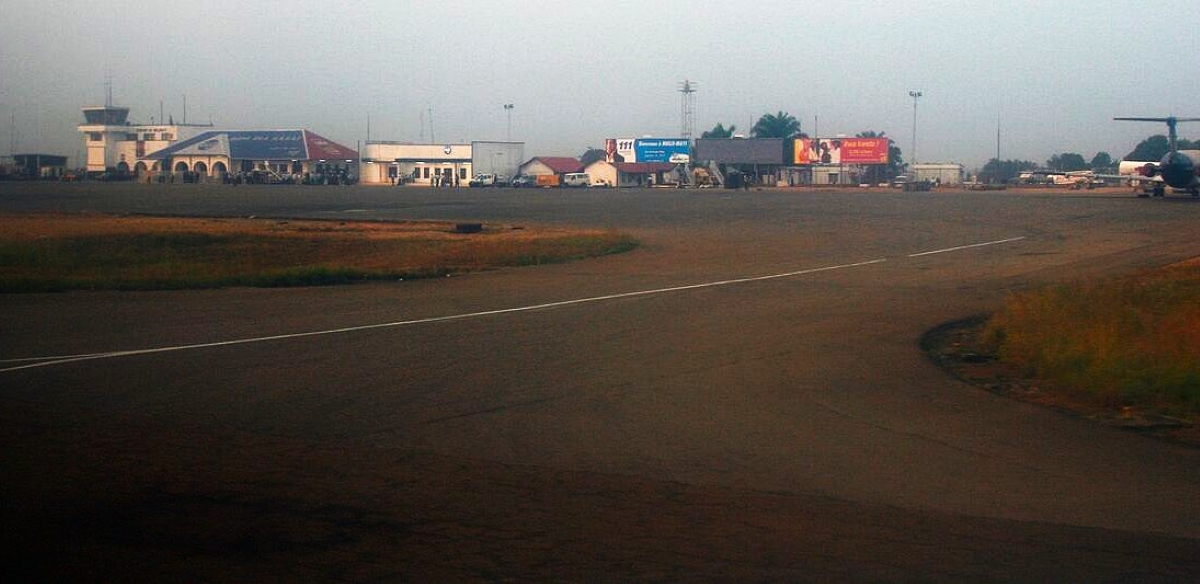The African Development Bank is assisting the revamping of the Mbuji-Mayi International airport in the Democratic Republic of Congo.
In the air transport sector, a visit by the AfDB delegation to the second phase of the Priority Air Safety Project (PPSA2) revealed remarkable progress in the rehabilitation and extension of the Mbuji-Mayi runway.
Mbuji Mayi international is an airport serving the capital of the Kasai-Oriental Province in the Democratic Republic of the Congo and so far, around 85 percent of the 320-metre runway at the terminal has already been completed.
The new tarmac is 95 percent complete, while the ramp, service road and runway end safety areas (RESA) are 70 to 75 percent complete.
Vital technical infrastructure such as the control tower, power plant, fire station, and lighting system are nearing completion. At Kisangani-Bangoka international airport, the aircraft movement areas, taxiways and tarmac have been completely rehabilitated, and two turn pads have been installed.
In addition, six radio navigation systems (DVOR/DME) have been deployed at Goma, Mbuji-Mayi, Kindu, Kinshasa, Lubumbashi, and Mbandaka, enhancing the safety of domestic flights.
Eight VHF radio channels have also been installed at several secondary airports to improve aeronautical communication.
The upgrading of equipment, combined with capacity-building for technical staff, has reduced the number of air accidents in the DRC from an average of 10 to one a year.
The project also includes training for the Régie des voies aériennes staff in the following areas: safety and air bases, maintenance techniques and project management for the Régie, and air transport inspectors for the Civil Aviation Authority.
In Tshikapa, a local resident declared that Tshikapa today is the African Development Bank, testifying to the visibility and tangible impact of the projects on the daily lives of the local population.
These results also illustrate the importance of close coordination between the Bank, the Congolese government and technical and financial partners, including the European Union and the World Bank, which were also involved in the construction of certain sections of the RN1.

